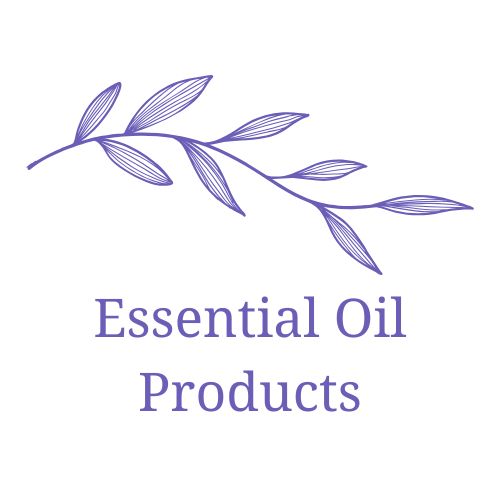Your cart is currently empty!
Understanding Optical Rotation and Refractive Index in Essential Oils
Understanding Optical Rotation and Refractive Index in Essential Oils
The world of essential oils is vast and complex, encompassing a range of applications from aromatherapy to natural products. As the demand for high-quality oils continues to rise, so does the need for robust testing methods to ensure authenticity and quality. Among these methods, optical rotation and refractive index testing stand out as advanced physical measures that are critical for quality assurance and verification. This article explores these parameters, their implications for quality and adulteration, and how they relate to sourcing essential oils.
What is Optical Rotation?
Optical rotation refers to the ability of chiral compounds—substances that can exist in two forms that are mirror images of each other—to rotate plane-polarized light. This property is significant in the essential oil industry because many of the compounds present in these oils, such as terpenes and alcohols, exhibit chirality. For instance, limonene (found in citrus oils) has two enantiomers: D-limonene, which rotates light to the right (dextrorotatory), and L-limonene, which rotates light to the left (levorotatory). The specific rotation values can vary widely based on the source and purity of the essential oil.
Refractive Index Testing
The refractive index is another crucial parameter that indicates how light propagates through a substance. Essentially, it measures the bending of light as it passes from air into the oil. Each essential oil has a specific refractive index that can be leveraged as a marker of its purity and quality. Variations in refractive index may indicate the presence of adulterants or substandard oils. For example, the refractive index of lavender essential oil typically ranges between 1.460 and 1.470, while deviations could be a signal of adulteration or contamination.
Acceptable Ranges by Oil Type
Understanding the acceptable ranges for both optical rotation and refractive index is vital. Each essential oil has its defined parameters that serve as benchmarks for quality. For instance:
- Tea Tree Oil: Optical rotation should be between -4.0° and +5.0°, while the refractive index typically ranges from 1.480 to 1.500.
- Peppermint Oil: Expect an optical rotation of around -25.0° to -15.0° and a refractive index of about 1.458 to 1.470.
- Rosemary Oil: The optical rotation is expected to be between -20.0° and -10.0°, and the refractive index ranges from 1.463 to 1.475.
Such standards are essential for verifying that the oils produced align with their expected profiles, helping to combat issues of adulteration.
Temperature Corrections
When conducting optical rotation and refractive index tests, controlling temperature is paramount. Both properties are sensitive to temperature changes, which can skew results if not corrected. Typically, these tests are standardized at 20°C, meaning that any testing conducted at a different temperature must be corrected accordingly. For example, if a refractive index is measured at a higher temperature, adjustments must be applied to ensure accurate readings. This meticulous attention to detail is crucial when establishing the quality of oils and ensuring they fall within the acceptable range for their classifications.
Authenticity Verification
Optical rotation and refractive index testing play a substantial role in authenticity verification. By comparing obtained test results against established benchmarks for each essential oil, suppliers can determine whether a batch is genuine or if it has undergone adulteration. The introduction of synthetic compounds or inferior quality oils into an essential oil blend can significantly alter both the optical rotation and refractive index measurements, revealing discrepancies that might otherwise go unchecked in a less rigorous quality control process.
Supplier Trustworthiness
In the volatile market of essential oils, trust in suppliers is paramount. Companies that implement stringent testing measures—such as optical rotation and refractive index evaluations—demonstrate a commitment to quality and authenticity. Essential oil buyers are encouraged to work with suppliers who provide detailed reports of their testing methods and results. This transparency fosters trust and allows buyers to make informed purchasing decisions, reducing the risk of acquiring adulterated products.
As consumers become more discerning about the products they use, the importance of advanced testing parameters like optical rotation and refractive index continues to grow. Understanding these concepts not only enhances the integrity of essential oils but also reinforces the trust that consumers place in the brands they choose. By putting these advanced testing measures at the forefront of quality assurance, the essential oil industry can combat adulteration and ensure that customers receive top-quality products.

Leave a Reply